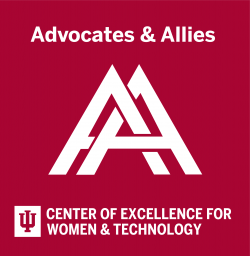For the last week of October, we turn our attention to sexism in STEM, taking a look at the interpersonal and structural issues that face women students and faculty in male-dominated fields. Women are nearly half of all US workers, but only make up 27% of all STEM workers according to a 2021 Census Bureau report. Within these environments, women experience large amounts of stress and negative interactions because of the overwhelming dominance of men in their field. Read more about women’s experiences in STEM, outcomes from these experiences, and how you can better support women in STEM.
P.S. Alyssa Denneler, a Scholars’ Common librarian, let our team know that last week’s recommended book, A Field Guide to Grad School: Uncovering the Hidden Curriculum by Dr. Calarco, is available for free here. Thanks for sharing, Alyssa!


